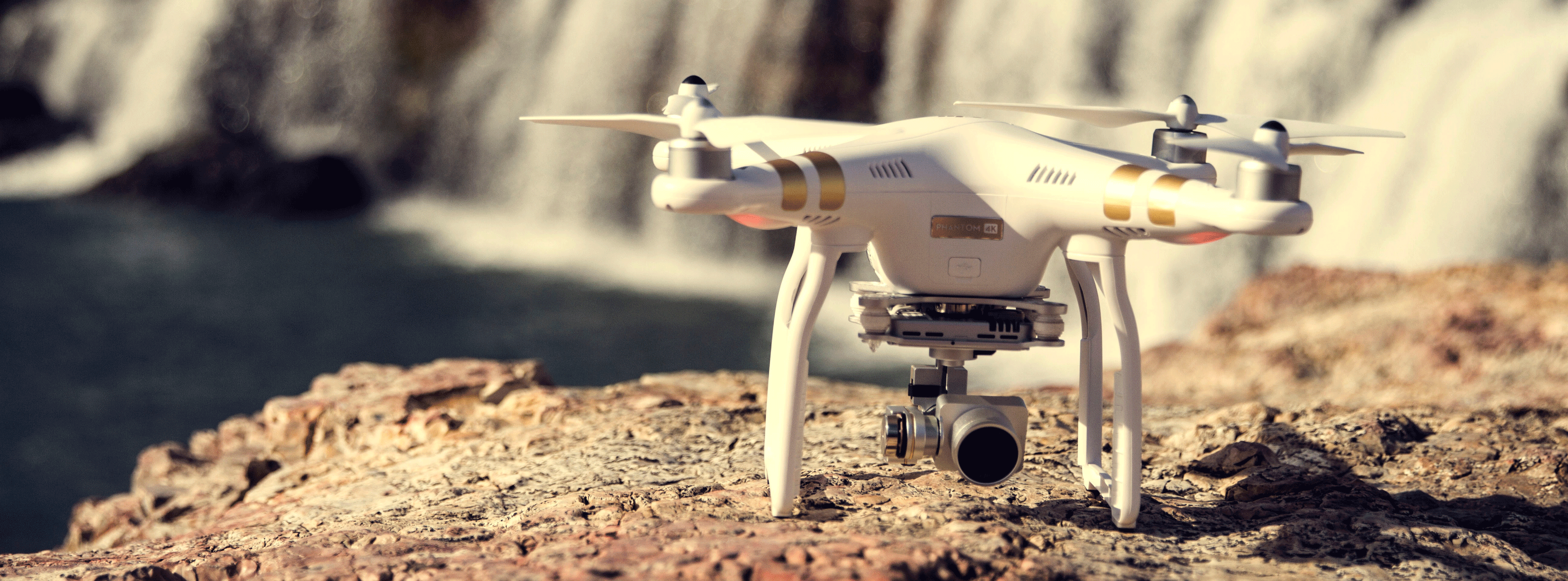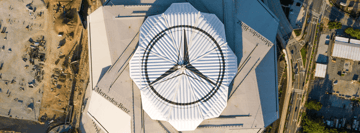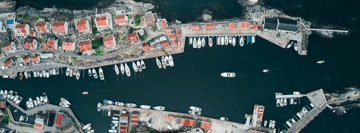Drone technology and endangered wildlife aren’t the most natural combination. Your first thought is likely to be the Dutch security company that started training eagles to take down suspicious drones in midair, which was never going to end well.
So clearly drones and the natural world didn’t get off to the best start. Fortunately, that’s starting to change. At a time when nature needs protecting more than ever, drone technology is actually at the forefront of several vital conservation projects.
Here are our favorite examples...
Protecting habitats
Last month, Island Conservation, an organization specializing in preventing animal extinctions around the world, announced details of an ongoing conservation project in the Galapagos Islands. The untouched, unspoiled Islands are known for being home to plenty of rare and unique creatures.
Now, the team is using drones to combat one of the Islands’ oldest conservation challenges.
Invasive species are the single greatest threat to the Galapagos’ biodiversity. The spread of rats is a particular concern. There are no effective predators on the Islands and the lack of trees leaves nesting birds vulnerable to these unwelcome visitors.
The Directorate of Galápagos National Park and Island Conservation are using drones to deliver poisoned rat bait on the islands of Seymour Norte and Mosquera to help solve the problem.
This innovative, cost-effective and highly targeted drone delivery pilot program is a world first and could provide a template for efforts in other endangered habitats.
Poaching prevention
Several countries and organizations are using drones to prevent and deter illegal poaching. In 2012, the World Wildlife Foundation was among a number of organizations to trial drone technology throughout Africa and Asia to protect endangered rhinos.
Fixed-wing drones armed with a variety of camera payloads were deployed in Nepal, South Africa and Namibia, spotting poachers from above, gathering evidence and directing the efforts of law enforcement on the ground.
California startup Air Shepherd deployed similar systems with local authorities in Malawi, Zimbabwe and South Africa to great effect, providing intelligence from above and all but halting illegal poaching in the areas they set up in.
The Air Shepherd team is currently operating in Botswana, but the details of the crew's work are being kept under wraps so as not to undermine their efforts.
Conservation and research
Part of protecting endangered species is monitoring their health and the health of their habitats.
The most well-known example of drones supporting conservation efforts is probably the work of Ocean Alliance. The Massachusetts non-profit is using customized DJI aircraft - SnotBots - to fly above whales and capture their blow (and all of the useful biological data that comes with a whale sneeze.)
Meanwhile, researchers in Australia have shown that using drones to gather data on wildlife population numbers is more accurate than relying on teams counting on the ground.
"With so many animals across the world facing extinction, our need for accurate wildlife data has never been greater," said Jarrod Hodgson, lead author of the research paper.
"Accurate monitoring can detect small changes in animal numbers. That is important because if we had to wait for a big shift in those numbers to notice the decline, it might be too late to conserve a threatened species."
Speaking of acting before it’s too late, another organization has found a way drones can take a more proactive role in protecting wildlife. Oceans Unmanned have shown how useful they can be in assisting rescue crews attempting to free whales caught up in fishing nets in Hawaii.
As you can imagine, disentangling an animal the size of a whale is a dangerous business. The drone gives Oceans Unmanned crews a safe way to assess what the problem is and how it can be addressed.
Drone technology often gets negative media attention, but these examples show it can be an overwhelming force for good. You can read more about why we’re thankful for drones here.





